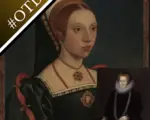
On this day in Tudor history, 13th February, Catherine Howard and Jane Boleyn, Lady Rochford, were executed at the Tower of London, an astrologer and physician was baptised, and Bess of Hardwick died…
[Read More...]
On this day in Tudor history, 13th February, Catherine Howard and Jane Boleyn, Lady Rochford, were executed at the Tower of London, an astrologer and physician was baptised, and Bess of Hardwick died…
[Read More...]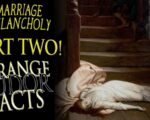
In this second part of “Marriage Melancholy”, I’m exploring the unhappy union of Penelope Devereux, a poet’s muse trapped in an unhappy marriage; the tragic union of Thomas Howard, 3rd Duke of Norfolk, and Elizabeth Stafford, marred by accusations and domestic turmoil; the intriguing story of Edward de Vere, 17th Earl of Oxford, and Anne Cecil, as their seemingly orchestrated marriage gives way to strained relations and unexpected alliances; the complexities of Mary, Queen of Scots, as she navigates through two ill-fated marriages, each marked by betrayal, conspiracy, and tragic consequences, and the mysterious death of Amy Robsart, wife of Robert Dudley, and the scandalous affair between Dudley and Douglas Sheffield, shrouded in secrets and dark rumours.
[Read More...]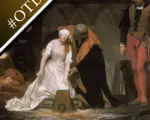
On this day in Tudor history, 12th February, Lady Jane Grey and Lord Guildford Dudley were executed for treason, and Blanche Parry, chief gentlewoman of Elizabeth I’s privy chamber, died…
[Read More...]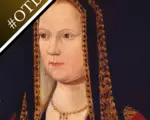
On this day in Tudor history, 11th February, Elizabeth of York, queen consort of Henry VII was born in 1466 and died in 1503, and in 1531, Convocation granted Henry VIII the title of supreme head of the Church in England…
[Read More...]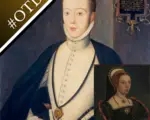
On this day in Tudor history, 10th February, Catherine Howard was escorted to the Tower of London to prepare for her execution, Henry Neville, 5th Earl of Westmorland, died, and Mary, Queen of Scots’ second husband, Lord Darnley, was murdered…
[Read More...]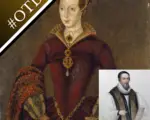
On this day in Tudor history, 9th February, Jane Boleyn, Lady Rochford, was taken to the Tower of London, Lady Jane Grey’s execution was postponed, and a prominent bishop was burnt at the stake for heresy…
[Read More...]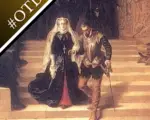
On this day in Tudor history, 8th February, Mary, Queen of Scots was executed in a rather botched beheading, and Elizabeth I’s favourite, Robert Devereux, 2nd Earl of Essex, launched a rebellion, which did not go well…
[Read More...]
On this day in Tudor history, 7th February, Sir Thomas More, Henry VIII’s famous Lord Chancellor, was born, Mary, Queen of Scots was informed she’d be executed the next day, and Henry VIII took part in the Shrovetide joust with the motto “Declare I dare not”…
[Read More...]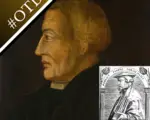
On this day in Tudor history, 6th February, the remains of two famous reformers were burned with their books, a poet who wrote a slanderous play and poem was baptised, and a law reporter died…
[Read More...]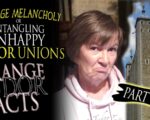
Unravelling the threads of Tudor matrimony!
Marriage is never easy, is it? But it surely must have been harder for those of the Tudor nobility and gentry whose marriages were arranged. Many Tudor marriages grew from mutual respect to love, and were solid, but some marriages were desperately unhappy.
I thought I’d consider a few of those unhappy unions, and there are quite a few of them, so I’m going to do some today and then do another video next week.
Today, I’m looking at the marriages of a Queen of Scotland, a poet’s sad tale, a marquess who finally divorced his wife but then had it rescinded, and a Seymour marriage surrounded by rumour…
[Read More...]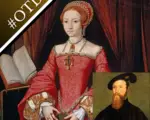
On this day in Tudor history, 5th February, diplomat Sir Henry Brooke was born, 15-year-old Elizabeth was questioned regarding Thomas Seymour, and Henry of Navarre abjured Catholicism…
[Read More...]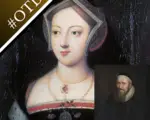
On this day in Tudor history, Anne of York married the Earl of Surrey, Mary Boleyn married William Carey, and there was the first Protestant burning of Mary I’s reign…
[Read More...]
On this day in Tudor history, 3rd February, Edward Stafford, 3rd Duke of Buckingham, was born, Silken Thomas was executed, and Elizabeth I’s privy council met and agreed to send Mary, Queen of Scot’s death warrant to Fotheringhay without Elizabeth’s knowledge…
[Read More...]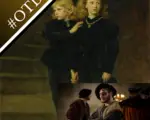
#OTD in Tudor history, physician John Argentine, the last man to attend the Princes in the Tower, died; Sir Francis Bryan, “the Vicar of Hell, died in Ireland, and it’s the Feast of Candlemas…
[Read More...]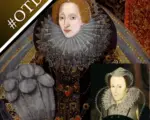
On this day in Tudor history, 1st February, earldoms were granted by Henry VIII, including to his friend Charles Brandon; an alchemist was born; Mary I gave a rousing speech to the citizens of London, and Elizabeth I signed the warrant for the execution of Mary, Queen of Scots…
[Read More...]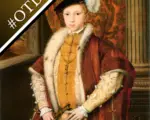
On this day in Tudor history, Queen Catherine of Aragon suffered a stillbirth, Henry VIII’s death was announced and Edward VI proclaimed king, and some more Gunpowder Plotters were executed…
[Read More...]
On this day in Tudor history, 30th January, administrator Sir William More was born, the rebels of Wyatt’s Rebellion besieged Cooling Castle, and four Gunpowder Plotters were executed…
[Read More...]
Embark on an epic voyage through the stormy seas of 16th-century Ireland as I unveil the captivating saga of Grace O’Malley, the legendary Irish chieftain, and pirate queen!
Join me as I delve into the untamed world of clans, conflicts, and the indomitable spirit of a woman who defied norms to become the infamous “Pirate Queen.” From her daring exploits on the high seas to the fierce battles for her family’s honour, Grace O’Malley’s tale is one of courage, resilience, and rebellion.
[Read More...]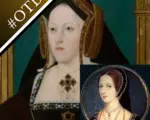
On this day in Tudor history, Henry VIII’s first wife, Catherine of Aragon, was laid to rest as Dowager Princess of Wales, and, on the very same day, his second wife, Anne Boleyn, experienced a tragic miscarriage…
[Read More...]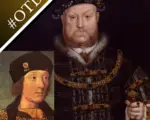
On this day in Tudor history, we have the birth of King Henry VII, the death of King Henry VIII, and the death of John Dynham, 1st Baron Dynham, Lord High Treasurer of England and Lord Chancellor of Ireland…
[Read More...]
On this day in history, 27th January, Protestant Bartholomew (Bartlet) Green was executed along with six others at Smithfield, Sir explorer Sir Francis Drake died of dysentery off the coast of Panama, and the remaining Gunpowder Plotters were tried and found guilty…
[Read More...]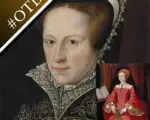
On this day in Tudor history, 26th January, a courtier and diplomat died of the plague, a judge who is known for his reports on cases like that of Anne Boleyn died, and Mary I summoned her half-sister Elizabeth to court, although Elizabeth declined, pleading illness…
[Read More...]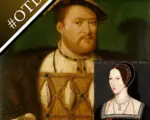
On this day in Tudor history, Henry VIII secretly married Anne Boleyn even though he was still married to Catherine of Aragon, Catholic martyr St Edmund Campion was born, Wyatt’s Rebellion began, and people celebrated the Feast of the Conversion of St Paul…
[Read More...]
On this day in Tudor history, 24th January, the foundation stone of Henry VII’s Lady Chapel was laid at Westminster Abbey, Henry VIII suffered a jousting accident, and English and Spanish knights jousted at Westminster…
[Read More...]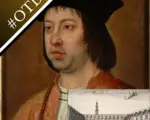
On this day in Tudor history, 23rd January, King Ferdinand II of Aragon died, the half-brother of Mary, Queen of Scots, was assassinated, and Elizabeth I opened the Royal Exchange in London…
[Read More...]
On this day in Tudor history, 22nd January, war was declared, a Lord Protector was beheaded, Wyatt’s Rebellion was planned, and Francis Bacon, a lord chancellor and famous philosopher, author and scientist, was born…
[Read More...]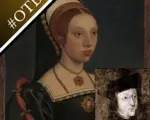
On this day in Tudor history, 21st January, a bill of attainder was passed against Queen Catherine Howard, the Earl of Surrey and friends went on the rampage in London, and Eustace Chapuys, the imperial ambassador, was laid to rest…
[Read More...]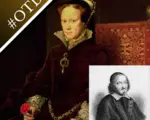
On this day in Tudor history, 20th January, Mary I’s gentlemen pensioners mustered before the queen, Mary I’s fifth parliament opened, and Bible translator Miles Coverdale died after giving his best ever sermon…
[Read More...]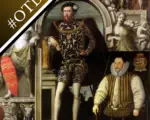
On this day in Tudor history, 19th January, Henry Howard, Earl of Surrey, was executed as Henry VIII became more paranoid in his dying days, an important diplomat died in Rome, and the Earl of Pembroke, a patron of the theatre, died…
[Read More...]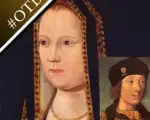
On this day in Tudor history, 18th January, King Henry VII married Elizabeth of York, uniting the Houses of Lancaster and York, Henry VIII dressed up as an outlaw to surprise his wife, and a man who was a composer, musician and spy was born…
[Read More...]